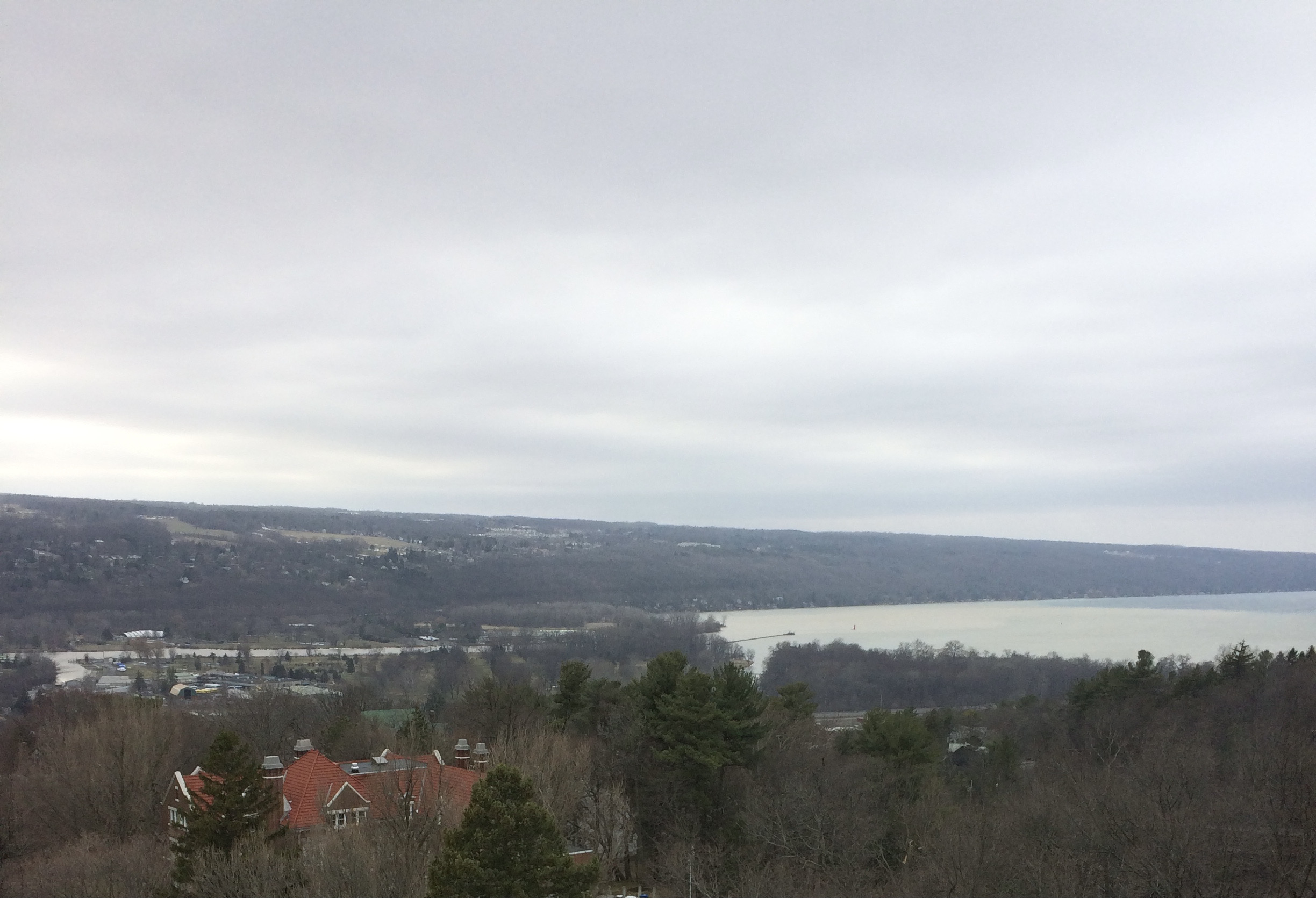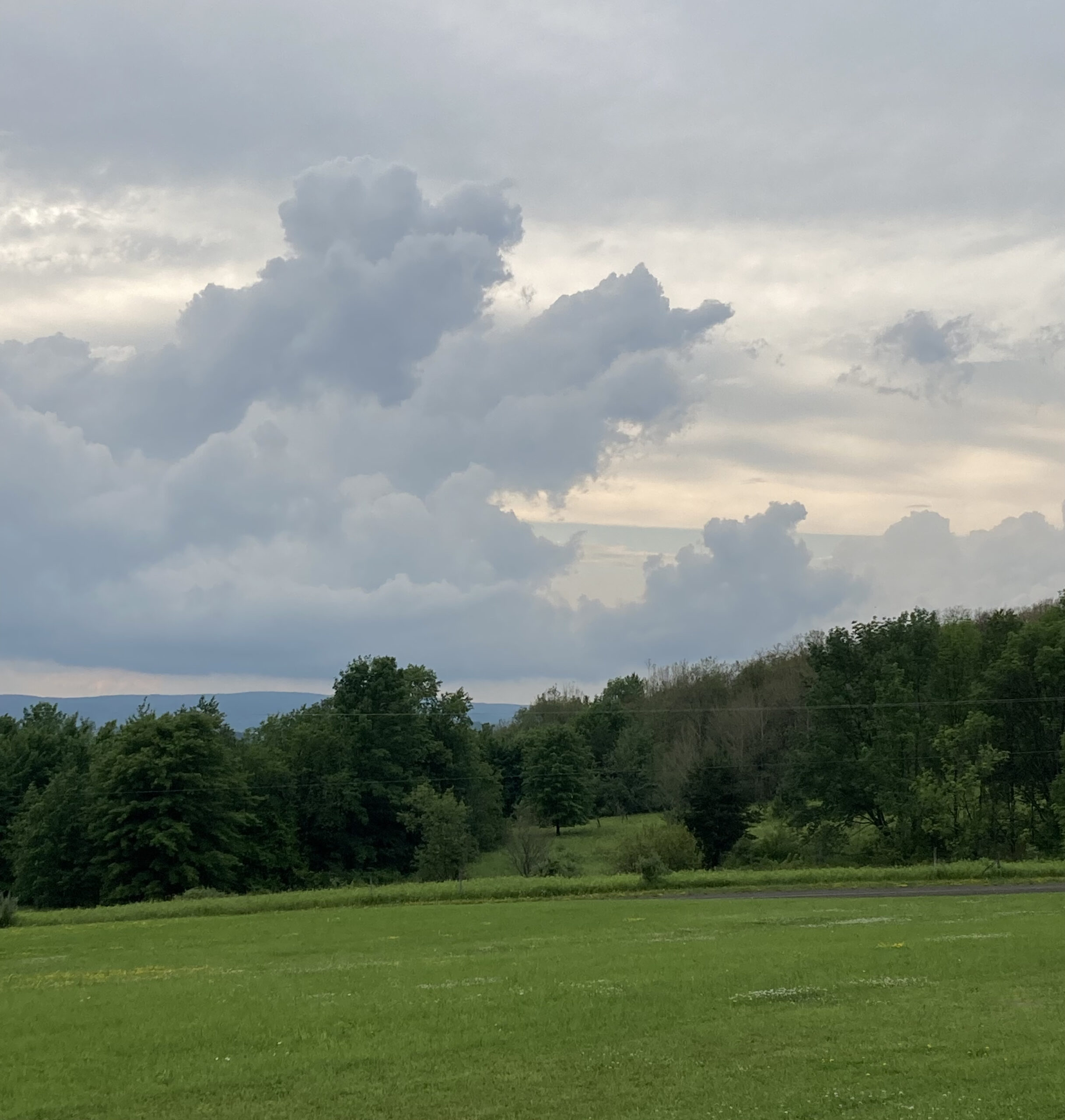Last weekend, my wife and I went to a local museum, The Johnson Art Museum at Cornell University. After almost two years of COVID, going to a museum was something new and original. We were fully masked, and socially distant from other people, but not from the art. The art was not infected, although we were cautioned not to touch it, for reasons other than medical. It was so freeing to let ourselves go, and mentally and emotionally step into the painting or the prints or the photos or whatever.
A museum is not a collection of static things. Maybe someone could look at the pieces collected there and think, this is just a colorful piece of cloth or paper, an image, or a photo. But most seemed to stop and feel.
Each artwork is the result of an intensely lived moment, day, year, or lifetime. Just consider the inspiration, skill, sweat, emotions, memories ⎼ the living that goes into the art. The artist’s joy, insight, pain, and suffering. The intense focus. So, one way to experience the art is as a sharing or opportunity. A question or invitation. “Will you take this from my hands? Will you be here with me? Can you help? Can you leap into this moment?”
The possibilities in art are endless. One exhibit at the museum was called Women Making Their Mark. It included an amazing book of papercuts titled Freedom, a Fable, by Kara Walker telling of a black woman’s emancipation from slavery only to realize the oppression continues.
In the exhibit on Art and Environmental Struggle there was a painting by Abel Rodriguez called El Arbol de La Vida y Abundancia, a beautiful proclamation of the interwoven and interdependent human, plant and animal world.
There was also a piece called We Dreamt Deaf, by Nicholas Galanin. This is a taxidermed standing polar bear transmogrified into a rug, a very disturbing version of a hunter’s trophy. I don’t have accurate enough words to express how I felt. The horrors we humans can inflict on others. The pain. And the grief for our world, the tears and anger the art can invoke.
And on the top floor of the museum, there are giant windows facing north, west, and south, revealing the lake, hills, and valleys of the area. And in between those windows, a different exhibit, of Japanese, Tibetan, Chinese, Indian, and Persian art, mostly art of spiritual enlightenment. And out the windows, two hawks were gliding above the trees….
**Please go to The Good Men Project to read the whole piece.


